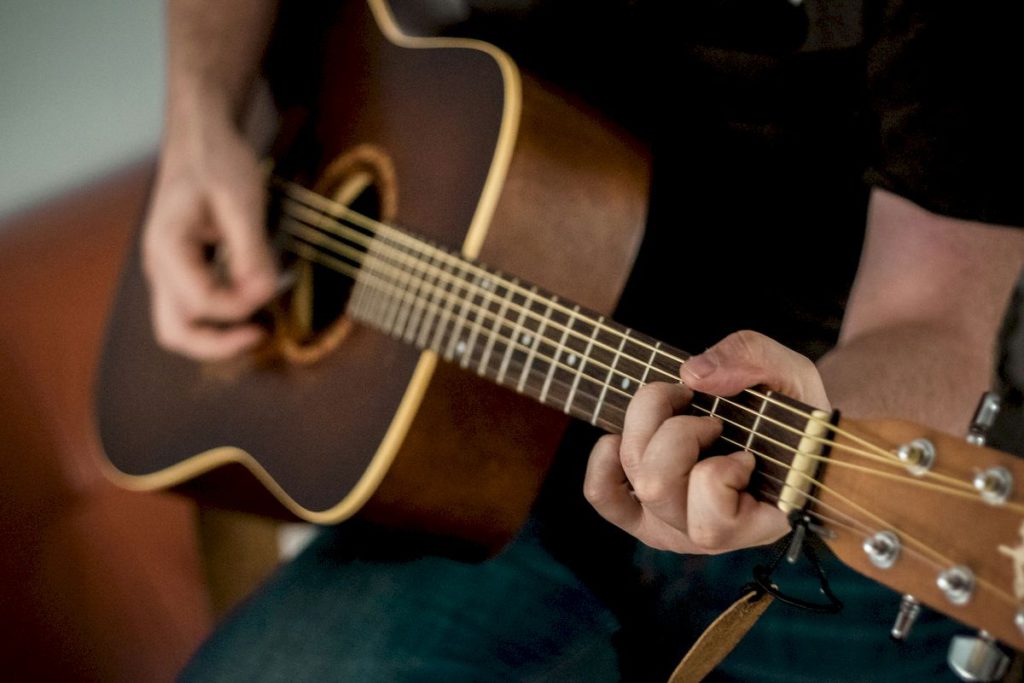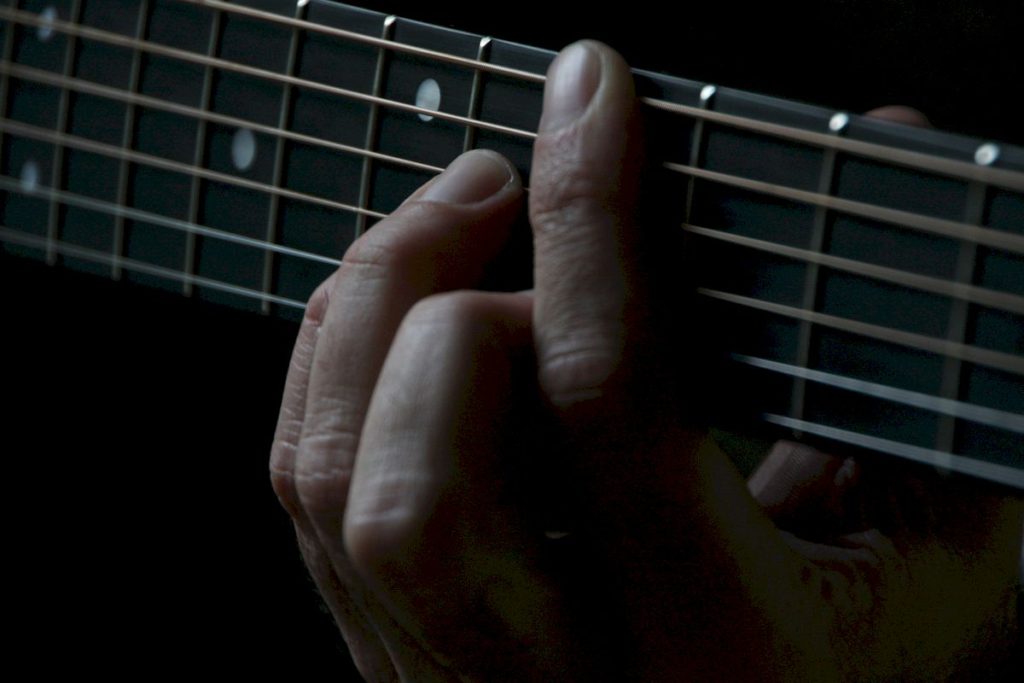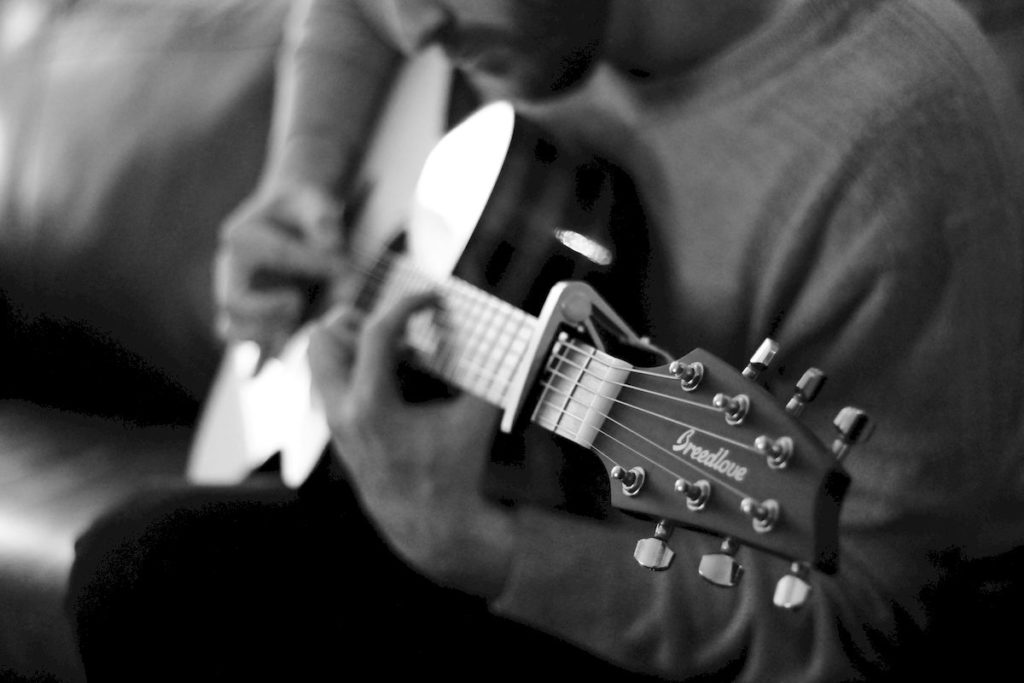
Learning guitar feels like decoding an ancient language sometimes. You practice daily, watch endless tutorials, yet progress crawls like dial-up internet. The problem isn’t your dedication—it’s the hidden traps sabotaging your journey.
10. Skipping Steps Like You’re Late for Soundcheck

Picture someone trying to shred “Through the Fire and Flames” on day one. That’s most beginners—leaping toward complex solos while basic chord changes sound like a broken washing machine. It’s like skipping steps on a staircase—you’ll stumble every time.
You can’t skip steps without falling. Choose material that challenges you slightly, not completely. Master simple riffs before attempting Eddie Van Halen solos.
9. Ignoring Single-String Melodies

Chords overwhelm beginners faster than Black Friday shoppers. Starting with one-string riffs builds confidence without the finger gymnastics. These simple melodies teach timing, finger placement, and fret navigation.
You’ll actually sound musical immediately instead of fighting chord buzzes. Single-string playing develops crucial dexterity while keeping frustration low.
8. Dismissing “Cowboy” Chords as Amateur Hour

Open chords get zero respect, but they’re the backbone of countless classics. E minor, A sus 2, and basic major chords unlock more songs than a master key. Pink Floyd built “Breathe” around these “simple” shapes.
Professional songwriters still reach for open chords because they sound fuller and ring longer than cramped barre positions. You’re not outgrowing these chords—you’re finally understanding their power. They’re tools, not training wheels.
7. Power Chord Prejudice

Some players think power chords are cheating because they only use two notes. Tell that to AC/DC, Nirvana, or Black Sabbath. These root-and-fifth combinations drive rock music like caffeine drives Monday mornings.
E and A power chord shapes move anywhere on the fretboard. You can play in any key using the same finger positions. Master these shapes and suddenly half the rock catalog becomes accessible.
6. Random Chord Learning

Learning chords randomly is like building a house without blueprints. Start with E minor and A sus 2—they’re finger-friendly and use open strings. Progress to A major, then the “cheater” G, followed by D major.
Each chord builds on previous finger patterns. This sequence develops muscle memory systematically instead of confusing your hands with unrelated shapes.
5. Barre Chord Panic

F major makes beginners question their life choices. Barre chords demand finger strength that takes time to develop. Rushing into them before mastering open chords guarantees frustration and potential injury.
Build your foundation first. Open chords develop the finger strength and coordination needed for barres. When you’re ready, these moveable shapes unlock every key on the fretboard.
4. Playing Out of Tune (And Not Caring)

Nothing sabotages your learning faster than practicing with an out-of-tune guitar. You’re literally training your ear to accept wrong notes. Every chord sounds muddy, every melody feels off, yet beginners often ignore tuning entirely.
Your brain learns whatever you feed it. Practice with a detuned guitar and you’ll develop terrible pitch recognition. Tune before every session—it takes 30 seconds and transforms your entire playing experience.
3. Outcome Obsession

Setting goals like “play ‘Stairway to Heaven’ in 30 days” sets you up for disappointment. You can’t control how fast you learn, but you can control your practice consistency. Arbitrary deadlines create unnecessary pressure.
Focus on the process instead. Commit to showing up daily rather than achieving specific songs by certain dates. Consistent practice beats sporadic marathon sessions every time.
2. Scattered Practice Sessions

Random practice kills progress faster than a power outage. Mike Philippov from Practice Guitar Now emphasizes three controllable variables: practice time, practice activities, and focus level during sessions.
Here’s a proven 30-minute structure: 10 minutes technique (scales, chord changes), 10 minutes problem-solving (trouble spots in songs), 10 minutes fun (playing through complete songs). Use focus rotation—switch activities before boredom hits.
1. Posture Problems

Bad posture sabotages technique before you even play a note. Slouching, tilting the guitar incorrectly, or cramping your fretting hand creates unnecessary obstacles. Your body position affects everything—reach, strength, and endurance.
Sit up straight, keep the guitar body against your torso, and maintain relaxed shoulders. Your fretting hand should curve naturally, not cramp into awkward positions. Good posture prevents injuries and improves playing efficiency immediately.





















